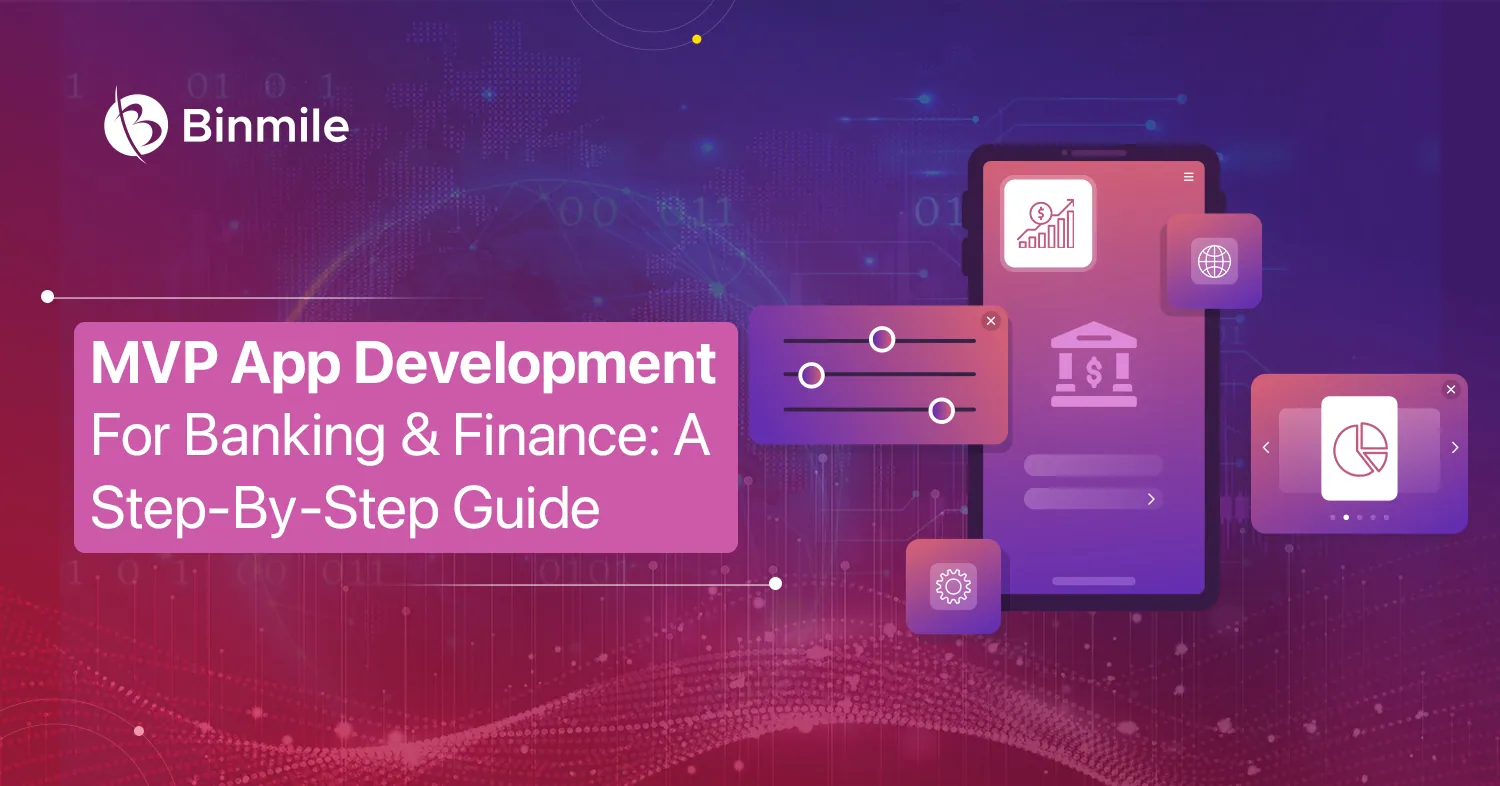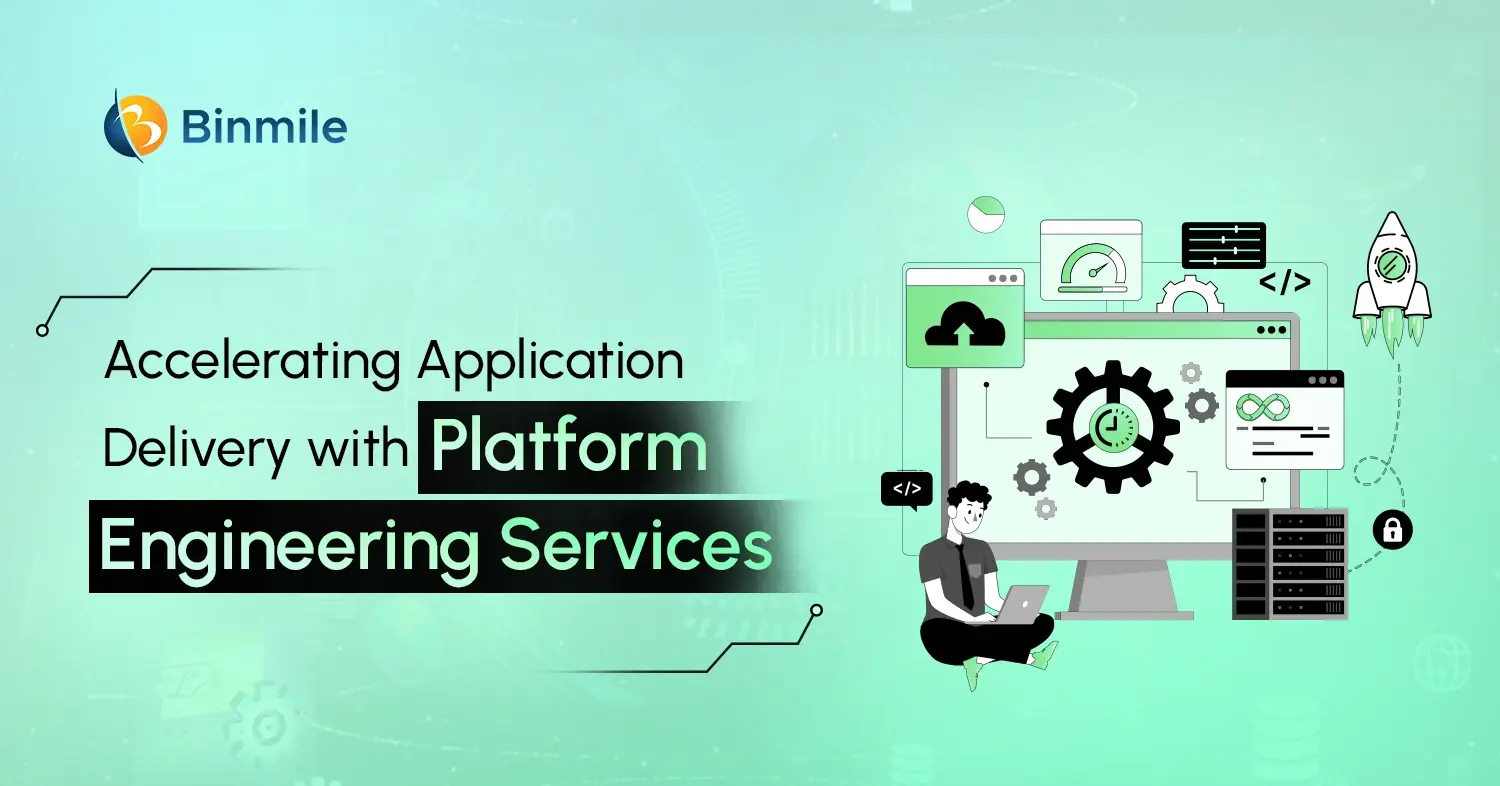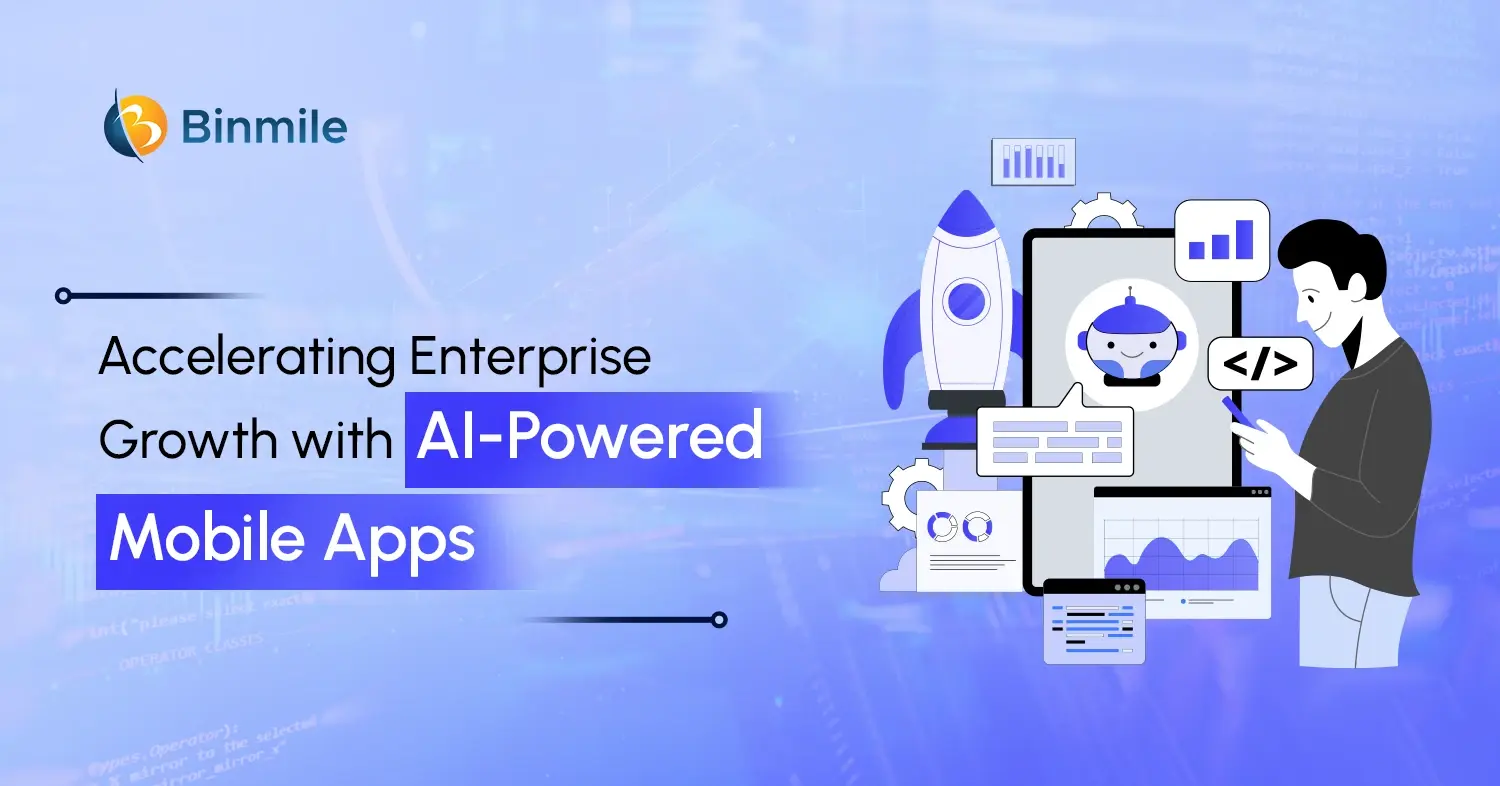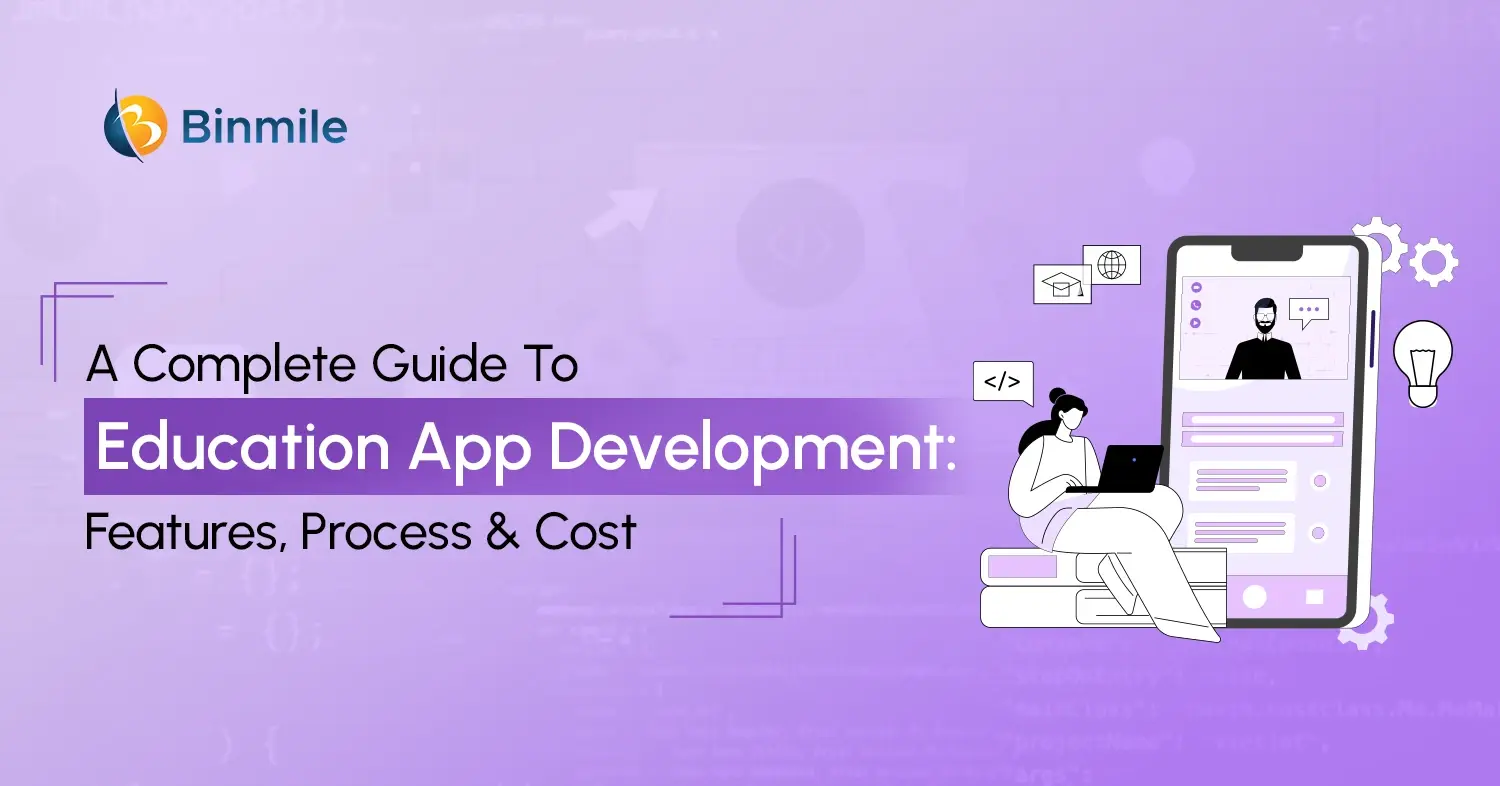BFSI or the world of banking, finance services, and insurance is undergoing a digital revolution, with innovative fintech apps such as super app development taking center stage. Thus, many banking companies are striving to maximize their chances for success and meet the demands of modern customers by turning to custom Fintech software development. However, no banks or providers of financial services want to invest resources both human and monetary in a product that failed to create value in the highly competitive BFSI market. So, what do they do? They build MVP in banking and finance services. An MVP allows you to test your concept with real users, gather valuable feedback, and iterate quickly.
But before you jump into building a minimum viable product or MVP application, understand what is it. Does your business need this and the best practices for the MVP development process? In this blog, we will delve into 7 key steps to building an effective MVP in banking and finance and also share the common mistakes to avoid while developing an MVP application.
Ready? Let’s dive in!
How MVP-Driven Software Solutions Transform Banking Operations?

A minimum viable product development or MVP is a product development model that is developed with core functionalities and features to work as a basic app. It’s not a crude or unusable app and delivers certain value to its early users. It’s a very cost-effective way for top software development companies to solicit feedback for future product development and assess its marketability.
Generally, an MVP must possess the following features:
- Sufficient value to convince a customer to purchase it
- Sufficient future benefit to retain them
- Provides instant feedback for future product development
When we talk about MVP software development for banking services. It’s essentially a starter version of a banking app that allows them to dip their toes into the market, validate their concept with real users, and gather crucial feedback. All this is at a fraction of the cost of building a full-fledged mBanking app. This data-driven approach mitigates the risk of creating products or services that may not resonate with the market.
7 Top-Notch Benefits of MVP App Development for Banking Services
As a prototype of your future app built with only the most important features and functionalities, the MVP app helps you:
- Validate core concept with real users, saving development time and resources.
- Reduce initial investment compared to a full-fledged app.
- Gather valuable user feedback to guide future iterations and improvements.
- Enable rapid testing and adaptation to meet evolving user needs.
- Lay the foundation for a user-centric banking app like Chime with high adoption potential.
- Identify issues that can arise and solve them before launching the full-fledged app;
- Attract investors by demonstrating the value of your app.
How to Build a Minimum Viable Product: A Step-by-Step Guide
We have learned the benefits an MVP application development can bring to BFSI and its services. So, now let’s understand 7 steps to building a minimum viable product for your banking services, all while keeping your budget in check.

1: Deep Dive into Market Research
Banking and Finance services providers must conduct in-depth market research initiatives. Analyze existing solutions, pinpoint customer pain points, and unearth unmet needs. Leverage user interviews, surveys, and focus groups to gain a profound understanding of user behavior and preferences. This research will help you define your MVP’s core functionalities, ensuring it resonates deeply with your target audience.
2: Define Your Audience and Goals
Clearly define your app’s purpose and the specific goals you aim to achieve with the MVP. What problem are you solving? Who is your ideal user? Or do you want to accelerate account openings, increase mobile transactions, or enhance financial management tools? Having defined objectives allows you to prioritize features and measure success demonstrably, ensuring when you build an MVP on a limited budget it delivers maximum value.
3: Prioritize Features for Maximum Impact
MVP must have core features but no need to overwhelm users with a complex feature set. Focus on the fundamental functionalities that provide the most value to your target audience in your budget. Consider account management, money transfers, bill payments, and basic budgeting tools. Remember, the goal here is to validate your core concept, and avoid attempting to hit every possible target only to eventually end up confused with no profound results.
4: Leverage Open-Source & Cloud
Developing an app from scratch can be a budget black hole. But it doesn’t have to. One smart framework for MVP development without breaking the bank is to leverage open-source libraries and frameworks that offer pre-built functionalities for common banking tasks. For instance, exploring cloud-based infrastructure is another game-changer. It can be a cost-effective and scalable solution for hosting your MVP. Additionally, cloud services can also offer data storage, user authentication, and backend operations on a metered usage.
5: Adopt Design First Approach
Even with a limited feature set, a user-friendly interface is paramount, therefore, infuses design thinking in software development for MVP. Design Thinking encourages developing products or services that combine what’s desirable from a human point of view with what is technologically feasible and economically viable. So, invest in a clean, intuitive design that guides users effortlessly through the app’s functionalities to keep users engaged and provide valuable feedback during testing.
6: Implement Testing & Iterations
Keep in mind that the MVP app isn’t a lower-quality version of the final product, therefore it still needs to meet security standards and fulfill the customer’s needs. Before launch, rigorously test your MVP for functionality, security, and performance to validate the reliability and effectiveness of your MVP. Utilize internal testing teams, as well as beta testing with a limited group of real users. Actively gather feedback through surveys, user interviews, and app analytics. This feedback loop is your fuel, allowing you to identify areas for improvement and iterate effectively before a wider release.
7: Ongoing Post Launch Monitoring
Your journey of building MVP for banking and finance doesn’t end with the product launch but it starts from there. You need to keep tracking its performance and make changes or updates whenever required. Therefore, continuously analyze user data and feedback to identify areas for improvement. Be prepared to pivot and adapt your MVP app based on user insights. This iterative approach ensures your app evolves alongside your users’ needs, ultimately leading to a successful, full-fledged banking solution.
Contact us today for a free consultation with our experienced experts! We're here to discuss your product development needs and provide tailored solutions for success.
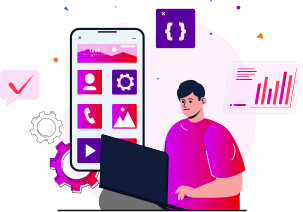
How Much Does It Cost to Develop an MVP Application?
There’s no definite answer to this question as MVP development costs depend on a lot of factors such as complexities of features, tech stack used, and also the rates of the development team. However, on average, the cost to develop a minimum viable product (MVP) can range from $10,000 to $200,000 or more, which can amount to 10–50% of the total software cost.
Also Read: Building an MVP with Flutter.
Closing Statement
There’s no doubt the way building MVP applications has transformed the way the BFSI sector offers banking services or solutions digitally quickly and cost-effectively. Doing so not only empowers them to test and validate their finance app ideas, and later develop the MVP apps to their customers’ expectations but also with minimal risk. However, MVP app development can be a daunting task but by implementing the best practices and strategies outlined above, financial organizations can significantly enhance their chances of success in the minimum viable product software development journey.
After all, the benefits of MVP development services give you critical insight into the value and market interest of your digital product. Additionally, it enables you to navigate the competitive landscape and ensures your eventual digital product aligns seamlessly with user expectations and market demands. Once it’s clear that it’s a feasible idea, you start with the next step i.e. mBanking development services. This is where partnering with a FinTech app development company offers cost and time-efficient development with the highest quality of FinTech applications.
